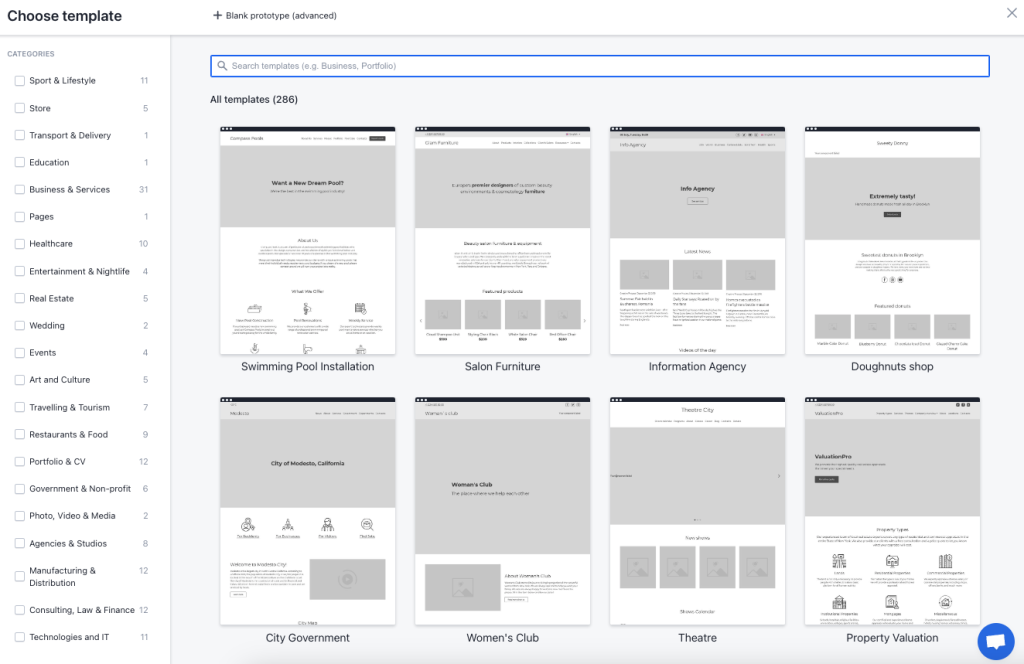

by Rachel Smith
26 April 2024
If you’ve been working as a freelance copywriter for a while, there’s every chance you’ve stumbled onto a client whose entire brief seems to revolve around the words, ‘I’ll know it when I see it’.
These words strike dread and terror into the heart of freelancers, because they usually translate to one of three things:
Nope, nope, double-nope.

Yes, it can.
But in my experience, clients simply don’t factor in all the time it takes to go back and forth. They don’t consider that meetings cost them money, or that you might charge travel time. They don’t get that every single change incurs a cost – and those costs add up mighty fast.
So usually, when presented with an invoice for the magical mystery tour of helping the client get to the point, they balk.
You don’t want to be in that situation.
I reckon that you have two options with I’ll Know It When I See It Clients.
You can politely say, “Oh gosh, I’m so sorry, I’m booked up for the next six months” and offer to refer them on.
OR you can suss out whether their indecision is something you can (and want) to work with.
This will entirely be down to your gut feeling about the client, how enthusiastic they are with being part of the process, the client’s budget and whether it can stretch to strategy / roadmapping / helping them nut out what they want – and whether you have the appetite and time to do it.
If you don’t, and you just want to take on clients who hand you a clear brief, are pretty hands off and pay on time – I get it.
I’m quite involved in guiding clients through my process – especially indecisive ones, because if I can get that person articulating what they want before I start on their copy it’ll be far cheaper than making great swathes of changes down the track. So that starts with…
I send them client brief templates to fill in which helps them figure out their goals for the copy, their pain points, what they like / don’t like – and even their budget (here’s the one I use). All of that gives me a starting point and a sense of who they are and what they’re trying to do with the project.
If I get a sense from their template answers that the project is something I can do / want to do, I book a discovery interview and go for a deep dive into their business (my journalistic skills come in very handy here). I record this and transcribe it for reference and further research.
The questionnaires and interviews give me insights into the problems the client is trying to solve – AND the client’s words which I can use to refine the scope with them, eg: ‘Okay, you mentioned that you want to do X, with X number of pages, and you want it to have a look and feel of X, X, Z …’
If they agree to the scope, I formalise it on a contract. Sometimes if clients have multiple big things they want to achieve and are stuck about where to start, they need someone to come in, help them organise their priorities and split the project into stages.
To file copy, I use a fabulous copy deck I purchased from Belinda Weaver which clearly outlines the copy and all the specifics (clients love it).
But over time, I’ve learned that projects go much more smoothly and wrap up much faster if I ALSO provide a visual idea of how their copy should be organised on a live site. A few years ago, I watched a great tutorial with copywriter Joanna Weibe about wireframing your copy – which is something you could do (even in just a Word document) before writing the copy, so you know you’re on the right track with the client.
However, I use a different process – I do mock-ups using a prototyping tool called Draftium (about $150 for the pro plan).

I build this into my website copywriting services so all clients receive the copy deck AND a monochrome mock-up of the site featuring their copy laid out. If the client likes the mock-up they can easily hand it to their designer to build something similar. (Draftium also has another service where you can turn a prototype into an actual website, but I haven’t used it.)
I know, I know. Sometimes you just want to hand over the copy, finalise the project and get paid.
But indecisive clients DO need a bit more guidance – like a meeting after you’ve filed your first draft. You could also do this via a Loom video which you supply along with the copy / mock-up.
In the website copy projects I’ve worked on, I’ve found all these measures help clients trust that you’re working towards the best outcome – and move them along fast to revisions or the design process.
For an additional fee, you can stay on for final checks before that website goes live, and I recommend this as you can further educate the client about what comes next (and chat to them about future projects such as email marketing, blog posts, a white paper, a lead magnet). After all, once you’ve built that relationship and trust, that once indecisive client could become an anchor client you love working with!
How do you deal with ‘I’ll know it when I see it’ clients? Share your ideas in the comments below…